11 Smart Strategies For Improving Your Teaching
To what things do we as teachers in classrooms tend to be blind? Where should we look to better understand what is happening in our class?
To what things do we as teachers in classrooms tend to be blind? Where should we look to better understand what is happening in our class?
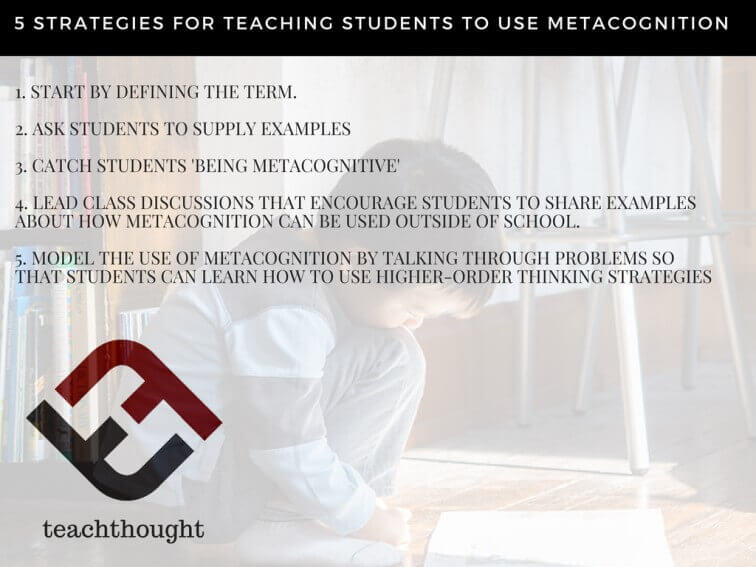
Teaching strategies for student metacognition include modeling it, defining it, and clarifying how it helps them beyond the classroom.
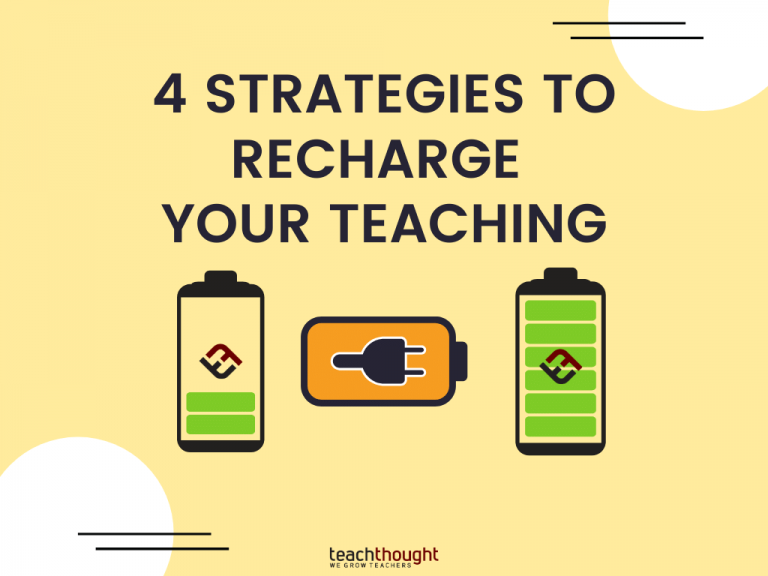
I found myself more frustrated in the classroom, less tolerant, less friendly, and worst of all, sarcastic. I needed to recharge my teaching.
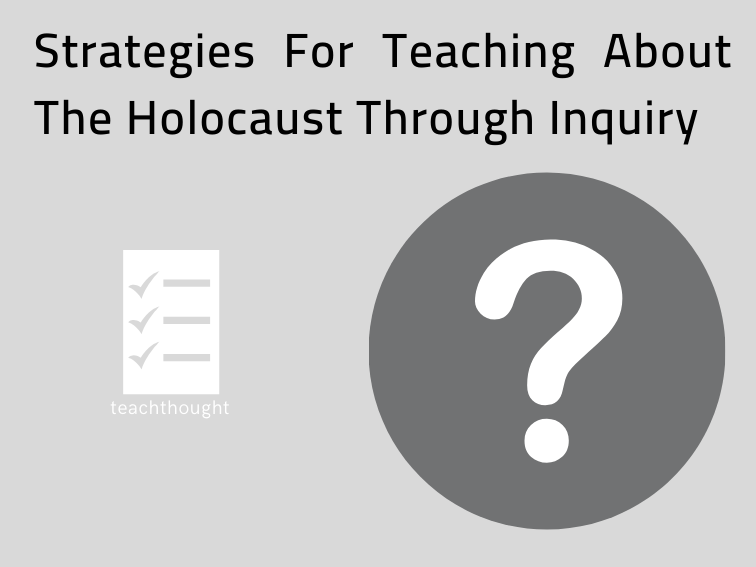
Effective teaching about the Holocaust requires asking students the right questions, and that is the beginning of any inquiry-based lesson.
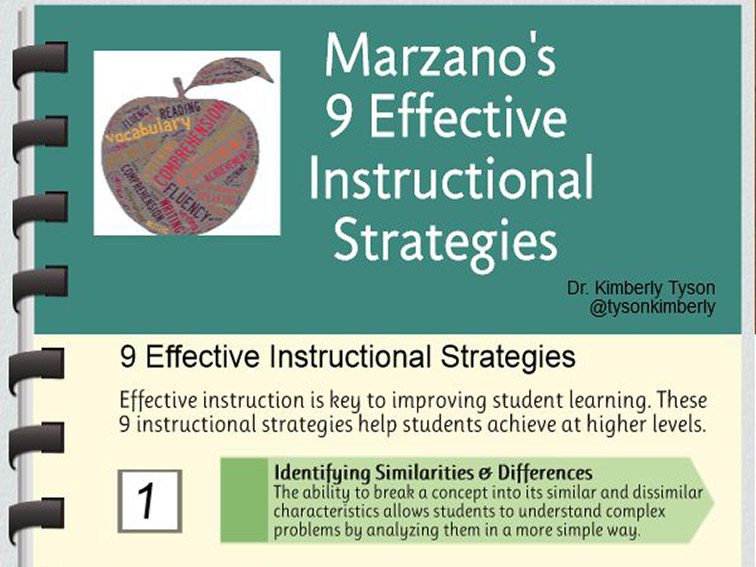
Marzano’s 9 Instructional Strategies include non-linguistic representations, generating and testing hypotheses, and summarizing.

Bloom’s Spiraling is the process of starting first at lower levels of Bloom’s–recalling, defining, explaining, etc.–and then progressively increasing the level of thinking.
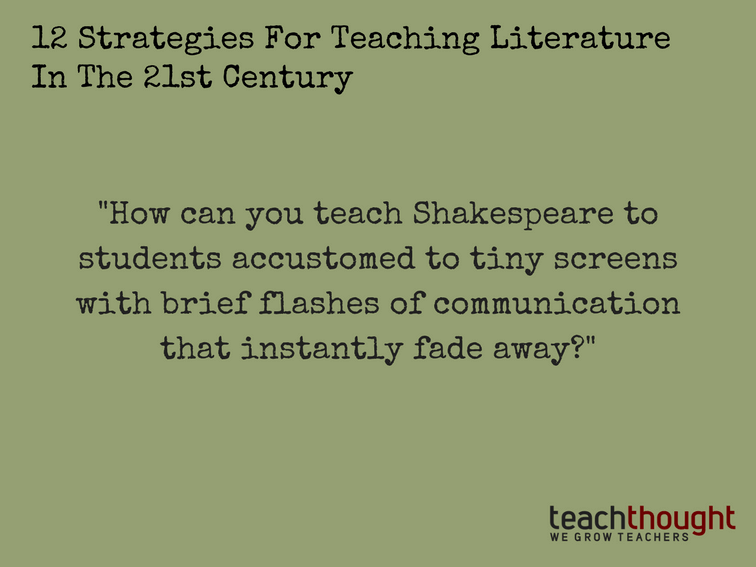
From affording choice to anchoring year-long discussion of certain themes, here are strategies for teaching literature in the 21st century.
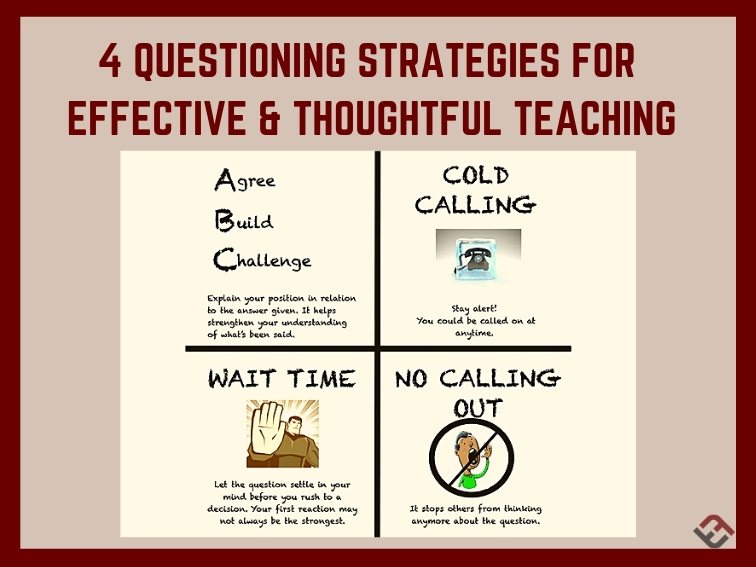
Questions can be a powerful weapon in a teacher’s arsenal, if applied with diligence. Check out these 4 questioning strategies for yourself.
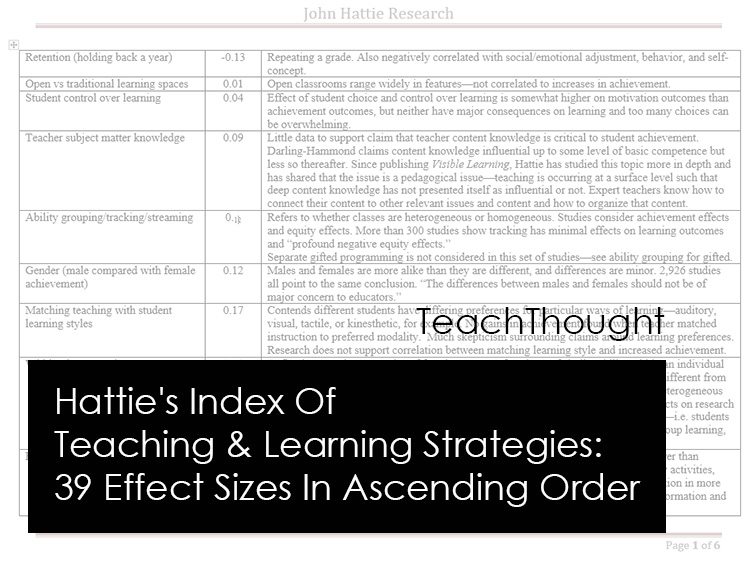
Hattie’s effect sizes in ascending order are not recommendations, but rather a comprehensive synthesis of a huge amount of data.
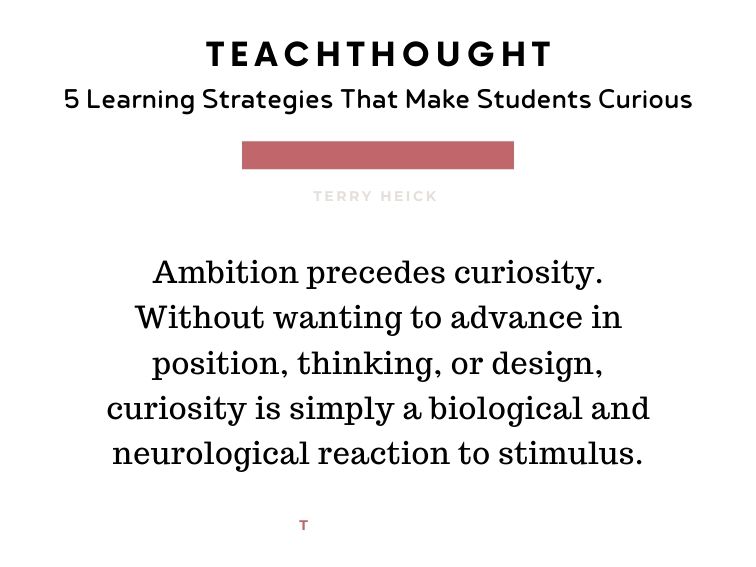
Ambition precedes curiosity. Without wanting to change or grow, curiosity is simply a momentary neurological reaction to stimuli.
End of content
End of content